Ah, the grandeur of the Victorian era! An age brimming with ostentatious opulence, where the pursuit of beauty knew no bounds. Two metals reigned supreme in the realm of decorative arts: brass and copper. These metallic marvels became synonymous with the spirit of Victorian design, embodying the era's enthusiasm for lavish decoration and intricate craftsmanship.
Brass, with its golden allure, held a place of prominence in Victorian homes and public spaces. The Victorians adored its warm, lustrous tones that gleamed under the flickering light of gas lamps. From doorknobs to chandeliers, brass found its way into every nook and cranny of the Victorian interior. The metal's versatility and softness made it an ideal medium for the creation of intricate decorative motifs that adorned furniture, fireplaces, and even architectural details.
The Victorian infatuation with brass was fuelled by a larger cultural shift. The rapid advancements in industrial manufacturing techniques brought the once-luxurious material within reach of the middle classes. Suddenly, brass became a symbol of status and refinement, available to a wider audience. Its presence in the domestic realm offered a visual language through which the Victorians could articulate their aspirations for sophistication and social advancement.
But it was not just the allure of brass that captivated the Victorian imagination. Copper, with its rich reddish-brown hues, emerged as a favoured companion to brass in the decorative arts of the era. The Victorians relished copper's warm glow and its ability to evoke a sense of nostalgia for bygone eras.
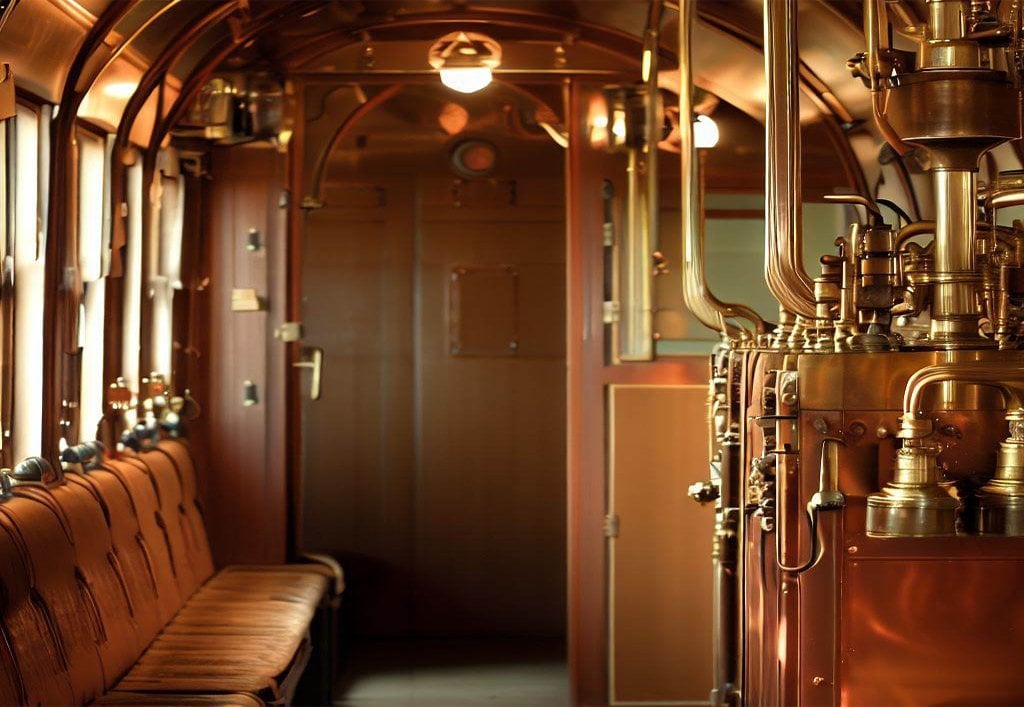
Whether employed as a decorative element or fashioned into ornate vessels and cookware such as pans and roasting tins, copper added a touch of rustic charm to the Victorian aesthetic. Jewellery boxes and desk drawers often used copper fasteners to invoke a sense of luxury and stylishness in those intricate pieces of woodwork.
The enduring popularity of brass and copper during the Victorian era can be attributed to their inherent qualities as materials. Brass, a composite of copper and zinc, possessed a durability that ensured the longevity of its intricate embellishments. The metal was corrosion resistant, making it an ideal choice for both interior and exterior applications.
Copper, too, boasted excellent durability, as well as its natural antimicrobial properties that made it a practical choice for items in the kitchen and bathroom. The metals had ideal melting points for decorative uses and indeed brass was also used for musical instruments such as the French Horn, Trombone and Trumpet due to the fact that they created a lovely sound when air was push through their tubes. Brass bands consisting solely of brass instruments are still very popular.
Beyond their utilitarian virtues, brass and copper appealed to the Victorians' romantic sensibilities. In an age increasingly dominated by mass production and industrialisation, these metals represented a connection to a bygone era of artisanal craftsmanship. Their use in decorative arts spoke to a nostalgia for the past, a desire to hark back to a time when individual skill and dedication to detail were held in high regard.
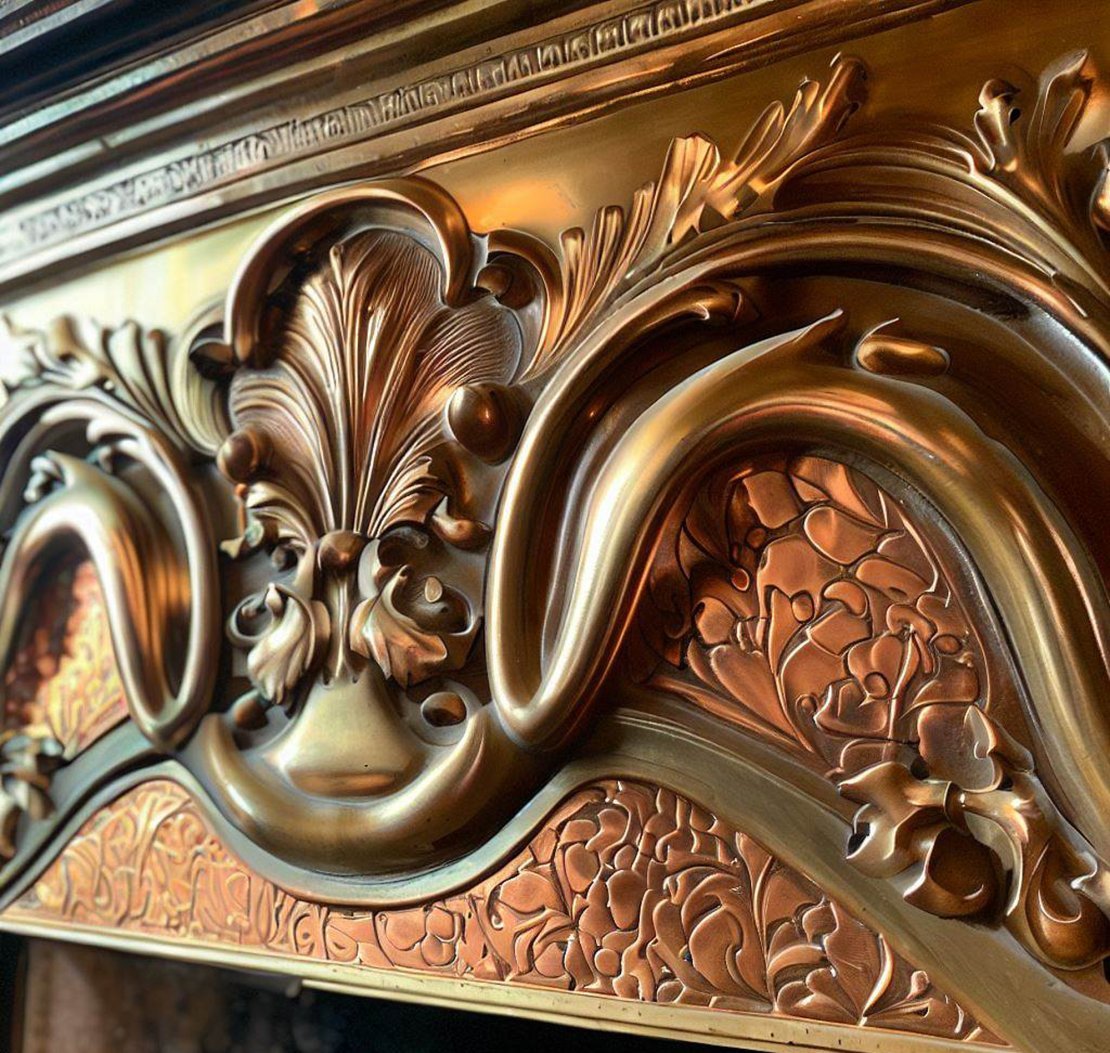
Today, the legacy of Victorian decorative arts lives on. The enduring appeal of brass and copper has transcended time, captivating contemporary designers and collectors alike. From vintage-inspired interiors to modern-day interpretations of Victorian aesthetics, these metals continue to evoke a sense of nostalgia and elegance.
Their warm, reflective surfaces bring a touch of luxury to any space, ensuring that the Victorian spirit endures. They are commonly used for ironmongery, door knockers and window furniture as well as brass hooks used to hang coats and robes in the bathroom, and brass locks used for front doors and internal doors in the house.
Pros and Cons of Bronze, Brass and Copper
Bronze and brass are both considerably more durable than copper. In contrast to bronze, which is hard and brittle, brass can be shaped easily. Brass is a muted yellow colour fairly comparable to gold but duller than gold and sometimes used as a cheap substitute. Bronze is a reddish-brown colour and because of that has a more subtle appeal, used for sculptures and period style light fittings where the metal work should not overshadow the crystals or glass.
Brass was the material for the Victorians, so numerous household accessories were made of brass. It has been said that brass was a superb status symbol because it required a lot of work from the servants to maintain it clean and polished.
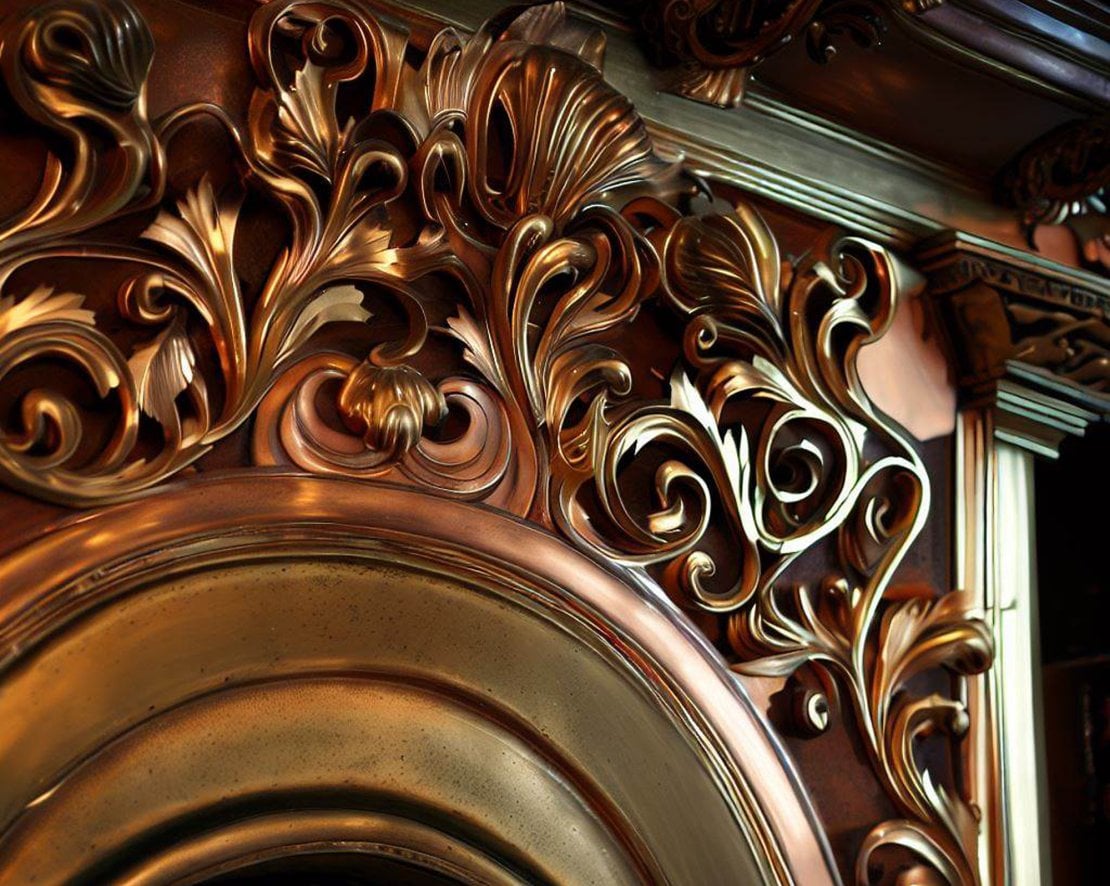
The more recent history of brass
After the Victorian era, brass fell out of favour for a good number of years, and it was not seen at all in the 1960s and was considered to be an extremely outmoded material during that time period.
Brass made a remarkable comeback in the 1980s, and if you went to any show-houses located in newly built housing developments at that time, you would have seen this trend yourself. Victorian Brass was considered the more desirable material for door knobs, ornaments, lighting (including chandeliers, lanterns, and table lamps), as well as switches and sockets.
Victorian Metalwork
During the early Victorian era, one of the most frequent methods for working with metal was called repoussé. It entailed creating elaborate motifs and patterns in malleable metal using a hammer.
After the end of the Georgian period, cannetille maintained its popularity throughout the Romantic period. It had complex wirework designs that resembled filigree that had been influenced by embroidery.
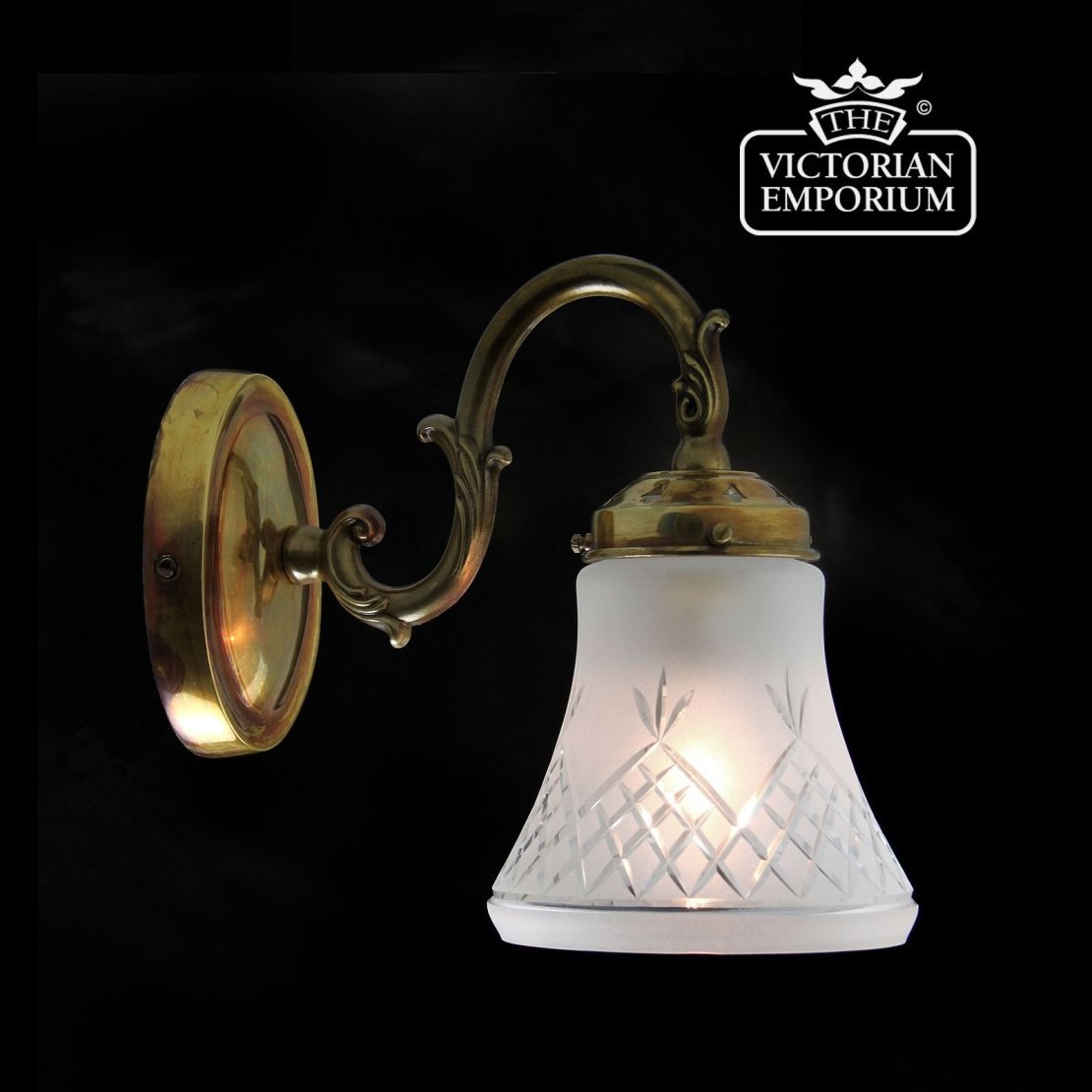
So, as we bask in the shimmering glow of a brass candlestick or admire the intricate patina of a copper teapot, let us pay homage to the Victorian era's love affair with decorative arts. In brass and copper, we find a testament to the human desire for beauty, craftsmanship, and a connection to the past. The Victorian legacy is a reminder that even in the midst of progress, the allure of the past can never truly fade away.
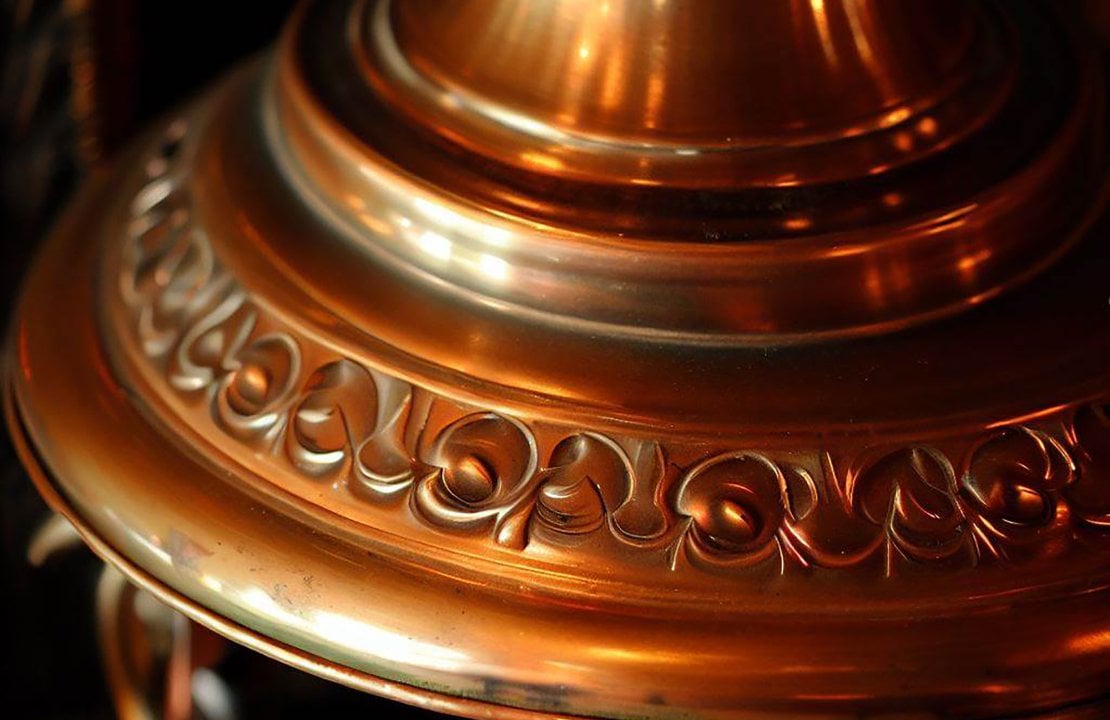

Be the first to add a comment...